 .....Go away white-fella. We don't need immigrant or refugee!
.....Go away white-fella. We don't need immigrant or refugee!
 Maps and Atlases
Maps and Atlases This is a selection of maps that are interpreted to show accurate mapping of the Australian coastline before the early Dutch exploration.
First map of Australia by Nicolas Vallard, 1547. (MAP RM 2393) Maps and text of the Boke of Idrography by Jean Rotz, 1542. (MAP RA 3) Ms. maps showing Australia by Jean Rotz and Pierre Desceliers, 1542-1550. (MAP RM 2057) The world by Nicolas Desliens, 1566. (MAP RM 1898) Facsimiles of old charts of Australia now in the British Museum, published by Trubner & Co., 1885. (MAP RA 181) Section of Jean Rotz circular chart 1542 Asian Australian hemisphere. (MAP F 503)
Books
This is a selection of books that describe some early discovery theories and the arguments against them.
1421: The Year China Discovered the World by Gavin Menzies, 2002. (YY 910.951 M551) Java la Grande: the Portuguese Discovery of Australia by Lawrence Fitzgerald, 1984. (MAPq 919.4041 F553) The Secret Discovery of Australia by Kenneth McIntyre, 1982. (N 919.4041 M152) The Portuguese Discovery of Australia: Fact or Fiction? By W.A.R. Richardson, 1989. (MAP 919.4041 R526) Great Southern Land: the Maritime Exploration of Terra Australis by Michael Pearson, 2005. (Nq 919.404 P362) The Discovery of Australia by George Collingridge, 1895. (Nq 994 COL) Pyramids in the Pacific: the Unwritten History of Australia by Rex Gilroy, 2000. (Nq 001.940994 G498) The Northern Approaches: Australia in Old Maps by Eric B. Whitehouse, 1994. (Nq 912.94 W593) (To be published October 2006) Was Australia Charted Before 1606? The Jave la Grande Inscriptions by W.A.R. Richardson, 2006
Journal articles
Both these articles have references to other relevant articles.
‘Gavin Menzies cartographic fiction’ by W.A.R Richardson in The Globe, Number 56, 2004 ‘1421: The year China didn’t discover terribly much’ by Peter Barrett in The Skeptic, Vol 25 No 3, Spring 2000
Early Dutch Explorers on the Australian Coast 1606 - 1636
The first Europeans to visit Australia were not the English navigators but came from Holland. During the 15th. and 16th. centuries it was the Spanish, Portuguese and the Dutch seamen that pushed back the exploration frontiers. After finding South America, it was Magellan who first sailed into the Pacific Ocean, and New Guinea was first sighted by the Portuguese, and as early as 1605, the Dutch vessel Duyfken made the first landfall on the Australian coast. This ship sailing along the south coast of New Guinea and into the Torres Strait turned southwards to sail along the Cape York Peninsula. In 1616, Dirk Hartog in Eendracht came upon islands off the West Australian coast, the largest of which bears his name, and he nailed up a pewter plate to a post to record his visit here. In 1618, some of Zeewulf's crew landed on the coast nearby Hartog Island, and the Dutch ship Leeuwin made a landfall on the South West corner of Australia to name Cape Leeuwin in 1622. It is at this spot that the Indian Ocean cojoins the great Southern Ocean, and it is a wild and windswept place. Jan Carstanz with the ships Pera and Arnhem, was next in 1623, exploring the area named after one of the vessels Arnhem Land, but the crew of the latter ship all mutinied leaving Carstanz in Pera to continue alone. A number of other Dutch ships continued to reach Australia, and chart some of the coastline, these include Gulden Zeepaert, Vyaneu and the infamous Batavia. This last ship, brand new and owned by the Verende de Ort-Indische Compagnie ( VOC ) was on her maiden run making for Batavia. She was ship wrecked on a reef off the Western Australia coast on 4th. of June 1629. The crew made it to a nearby small coral island devoid of food or water, and the merchant leading the expedition Pelseart, sailed one of the ship's boats to Batavia, returning in a larger ship to rescue the survivors. In the interim, a mutiny had taken place, and the mutineers murdered many of the survivors to reduce the numbers dependent on the small amount of food and water salvaged from Batavia, so that they might survive. Pelseart on his return tried the ring leaders, and hung a number of them, first cutting off their hands prior to their hanging. Some the mutineers were returned to Batavia where the Governor General extracted a dreadful vengeance on them. Abel Tasman had been sent by van Dieman to explore Terra Austalis, he made his first sighting on the west coast of Tasmania which was then named van Dieman's Land in 1642 after his boss, he then went on to discover New Zealand. Two years later Tasman sailed north along Cape York Peninsula. The subsequent map indicates the various Dutch explorers, where and when they landed on the Australian coast. My country might well speak Dutch rather than English, it took the British explorer Captain James Cook until 1770 to discover and claim for England the east coast of Australia.
|







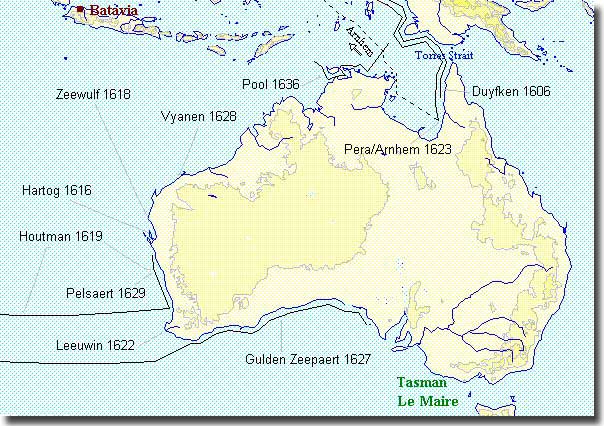
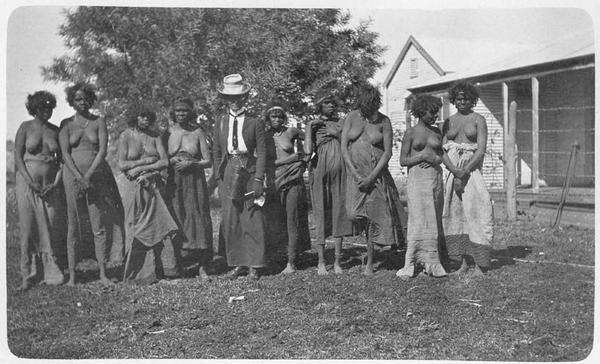



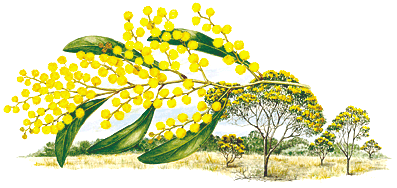


+copy.jpg)










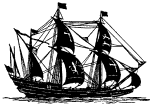





















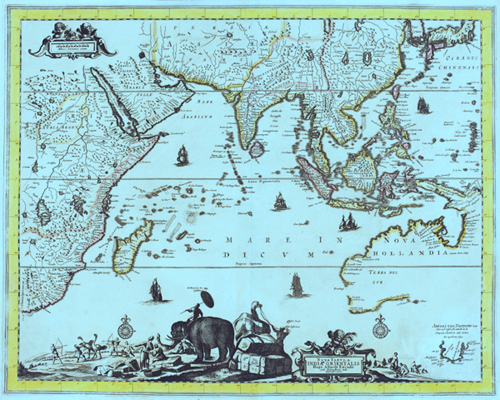

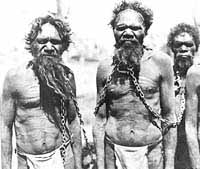
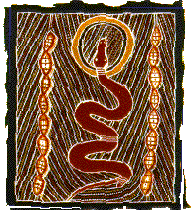


















.jpg)


























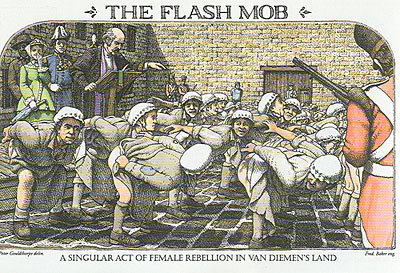
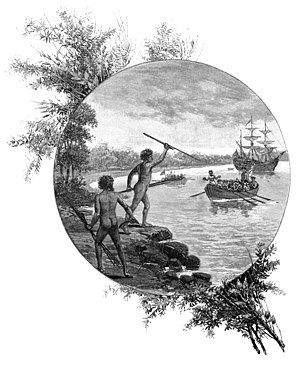 G
G







.jpg)















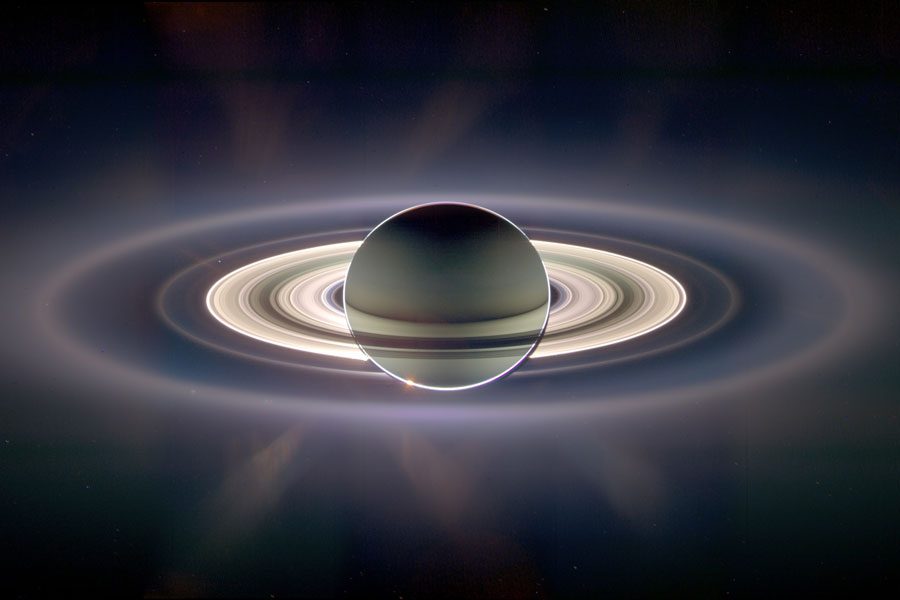
No comments:
Post a Comment